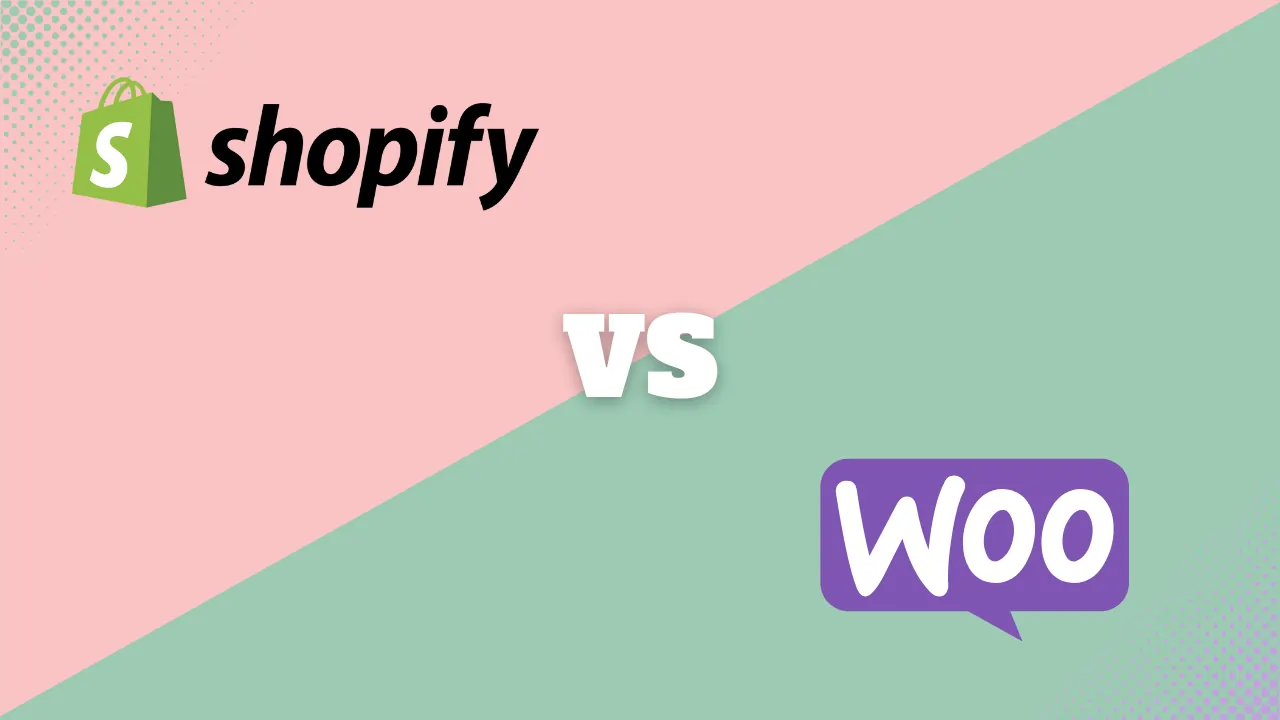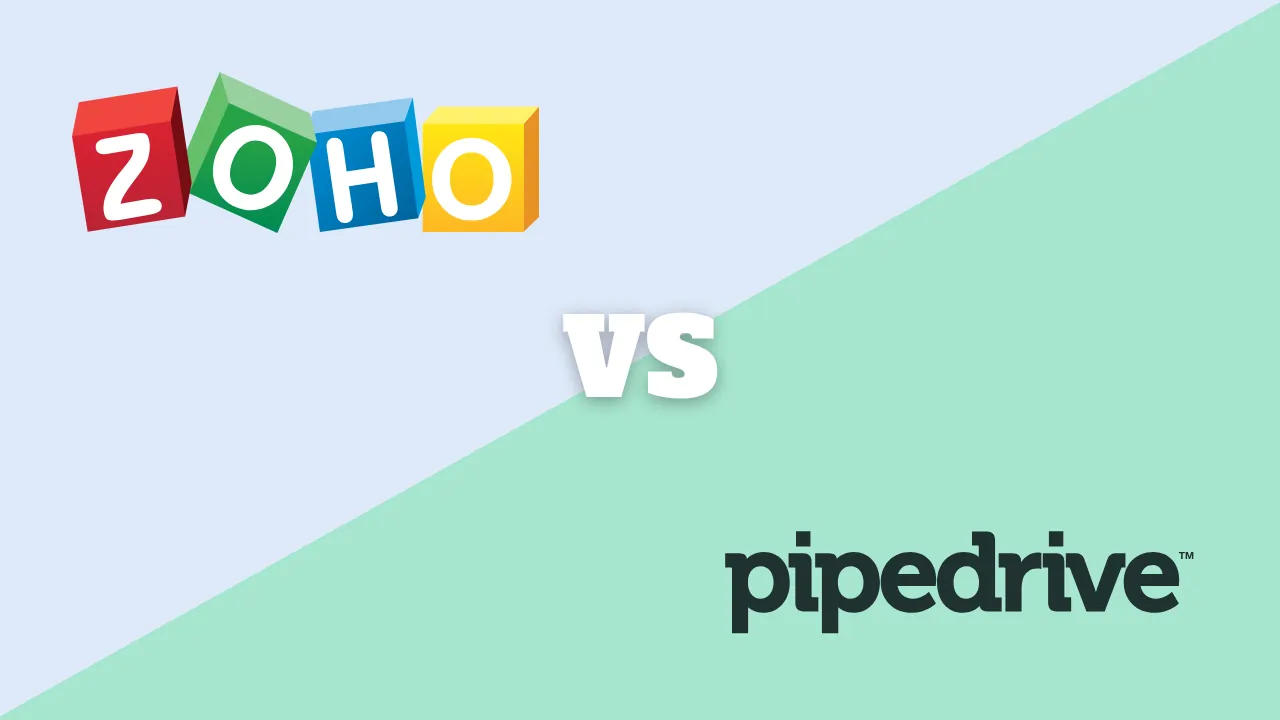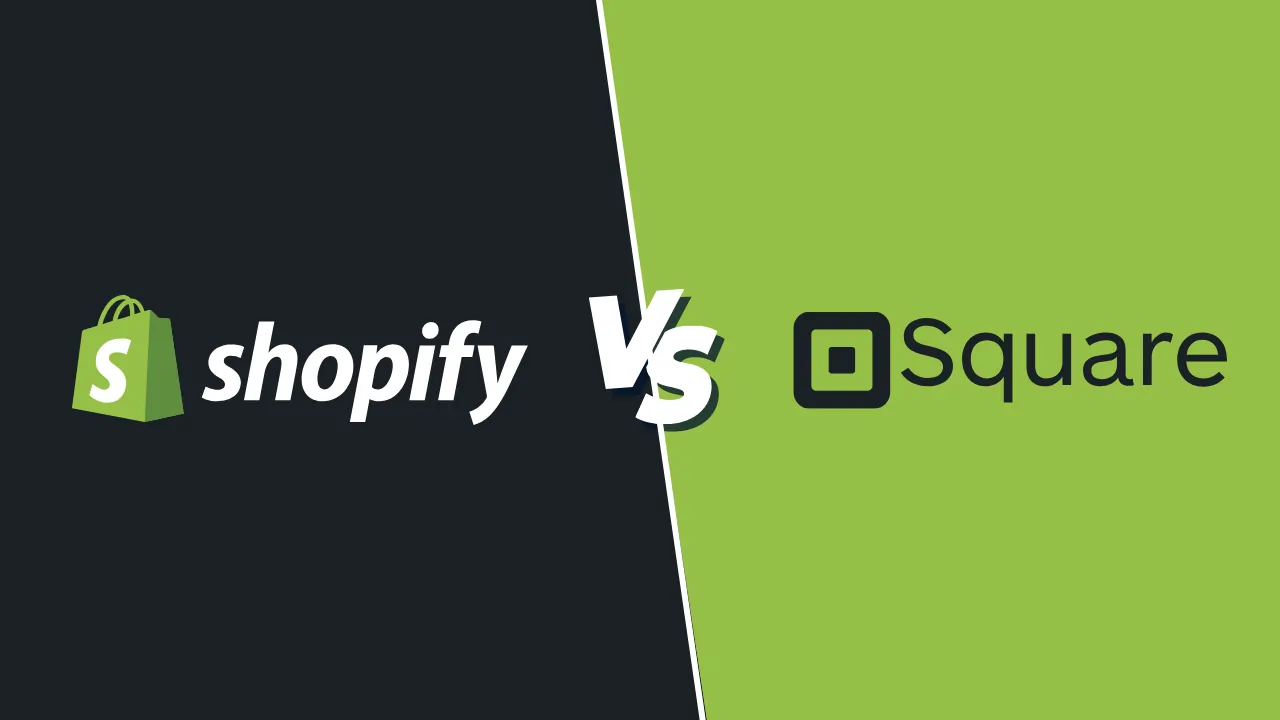Shopify vs Etsy 2025: E-commerce platform vs online marketplace: Which is right for your business?
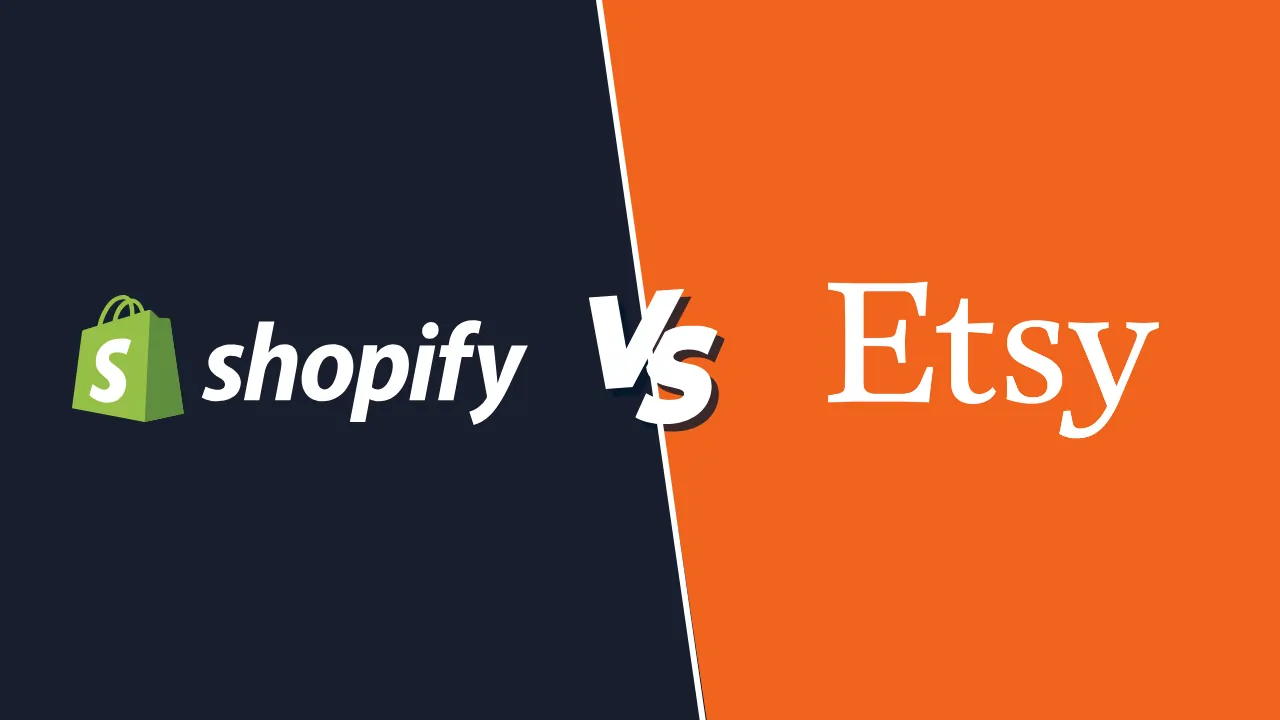
Choosing where to sell your products online is a foundational decision for any e-commerce entrepreneur. Among the leading options, Shopify and Etsy represent two distinct paths, each with significant advantages and limitations. Understanding the difference between Shopify and Etsy is crucial for aligning your sales channel with your business goals, target audience, and growth strategy.
Shopify empowers businesses to build their own independent e-commerce website. It’s a comprehensive e-commerce platform providing the software and tools necessary to create a fully customizable, branded online store, manage operations, and market directly to consumers. With Shopify, you are building your own digital real estate. 🏠
Etsy, conversely, is a global online marketplace renowned for handmade goods, vintage items, and craft supplies. Selling on Etsy means listing your products within Etsy’s existing ecosystem, similar to using structured platforms like Facebook Marketplace, which gives you instant access to existing shoppers and their large, built-in audience of buyers specifically seeking unique and creative products. With Etsy, you are renting space in a popular, high-traffic shopping mall. 🛍️
This definitive guide offers a professional comparison of Shopify vs. Etsy in 2025, analyzing key aspects such as fees, branding control, customer reach, scalability, and ease of use to help you determine the optimal solution for your business needs. We’ll specifically address the critical decision point for SMBs: leveraging a ready-made audience versus building your brand through independent marketing.
Shopify vs Etsy: Core differences
| Feature | Shopify (E-commerce Platform) | Etsy (Online Marketplace) |
| Model | Build your own standalone website | Sell within Etsy’s existing site |
| Primary goal | Full brand building & control | Access to a niche buyer audience |
| Best for | Scalable brands, diverse products, DTC | Artisans, vintage sellers, craft suppliers |
| Storefront | Highly Customizable (Themes, Code) | Standardized Shop Page (Limited Customization) |
| Branding | Complete Control | Primarily Etsy Branded |
| Customer data | Full Ownership & Access | Limited Access (Managed by Etsy) |
| Marketing | Self-Driven (SEO, Ads, Email, etc.) | Marketplace Driven (Etsy Search, Etsy Ads) |
| Fees | Monthly Subscription + Payment Processing | Listing + Transaction + Payment Processing |
| Long-term asset | Yes (Website, Customer List) | No (Dependent on Etsy’s Platform) |
The core decision for SMBs: Platform independence vs. marketplace access
Before diving into features, let’s address the fundamental strategic choice:
When your SMB should choose Etsy: Leveraging a ready-made audience 🛍️
Choose Etsy if your business aligns with these points:
- Your products fit Etsy’s niche: This is non-negotiable. Etsy thrives on handmade goods, vintage items (20+ years), and craft supplies. If this is you, Etsy offers direct access to a highly relevant audience (~90 million active buyers) actively searching for unique items.
- You need immediate buyer access: Building traffic from scratch is a major hurdle. Etsy provides instant visibility within its established marketplace. Customers already trust Etsy, and its internal search drives significant discovery. This is invaluable for validating product ideas or for creators prioritizing making over marketing.
- Lower upfront investment & simplicity: Starting on Etsy is fast and low-cost initially. No website design, no hosting fees, just a $0.20 listing fee per item. Perfect for bootstrapped ventures or testing the waters.
- You’re okay with the trade-offs (higher per-sale fees and less control): Etsy’s convenience costs more per transaction. Expect combined fees (listing, transaction, payment processing, and potential ad) to take a larger slice of revenue compared to Shopify. You also operate under Etsy’s rules with limited branding and direct customer relationship control.
Etsy’s audience behaves similarly to users mentioned in Sonary’s social media statistics report high-intent, niche-specific buyers who come ready to shop.
➡️ Choose Etsy if: Your priority is quick market access for specific product types (handmade/vintage/craft), you have limited marketing resources initially, and you’re willing to pay higher per-sale commissions for the convenience of a built-in audience.
When your SMB should choose Shopify: Building your own brand asset
Choose Shopify if your business strategy involves these elements:
- You’re building a distinct brand: Shopify offers complete control over your website’s design, branding, and customer experience. It’s essential for creating a unique identity that resonates directly with your target market.
- You want full control & customer ownership: With Shopify, you own your customer list and data. This allows for direct marketing (email, SMS), building loyalty programs, and fostering long-term relationships – invaluable assets for sustainable growth.
- You’re ready to market from scratch: This is the crucial commitment. Shopify provides the tools, but you must drive the traffic. This means investing time and/or budget in SEO, content marketing, social media marketing (organic & paid), email list building, etc. The payoff is that the customers you acquire are yours.
- You need scalability, flexibility & diverse products: Shopify handles growth seamlessly, supports any product type (manufactured, digital, dropshipped), and offers 8,000+ apps for endless feature expansion.
- You’re aiming for higher long-term profit margins: While Shopify has a monthly fee, its lower per-transaction costs generally lead to better profitability as sales volume increases compared to Etsy’s commission-heavy structure.
Because Shopify requires you to drive your own traffic, many owners lean on social media marketing strategy and SEO to grow.
➡️ Choose Shopify if: Your priority is building a unique, scalable brand, you want full control over your business and customer data, you’re ready to invest in your own marketing channels, and you aim for better long-term profit margins.
Deeper dive: Analyzing Shopify vs Etsy features
Let’s dissect the critical elements influencing your decision:
Platform control & customization
- Shopify: Offers extensive customization. Choose from thousands of themes, use drag-and-drop editors, or access code (HTML/CSS/Liquid) for total control. You define the entire user experience.
- Etsy: Provides limited customization within a standardized marketplace template. Your control is confined to banners, listing photos/videos, and shop sections.
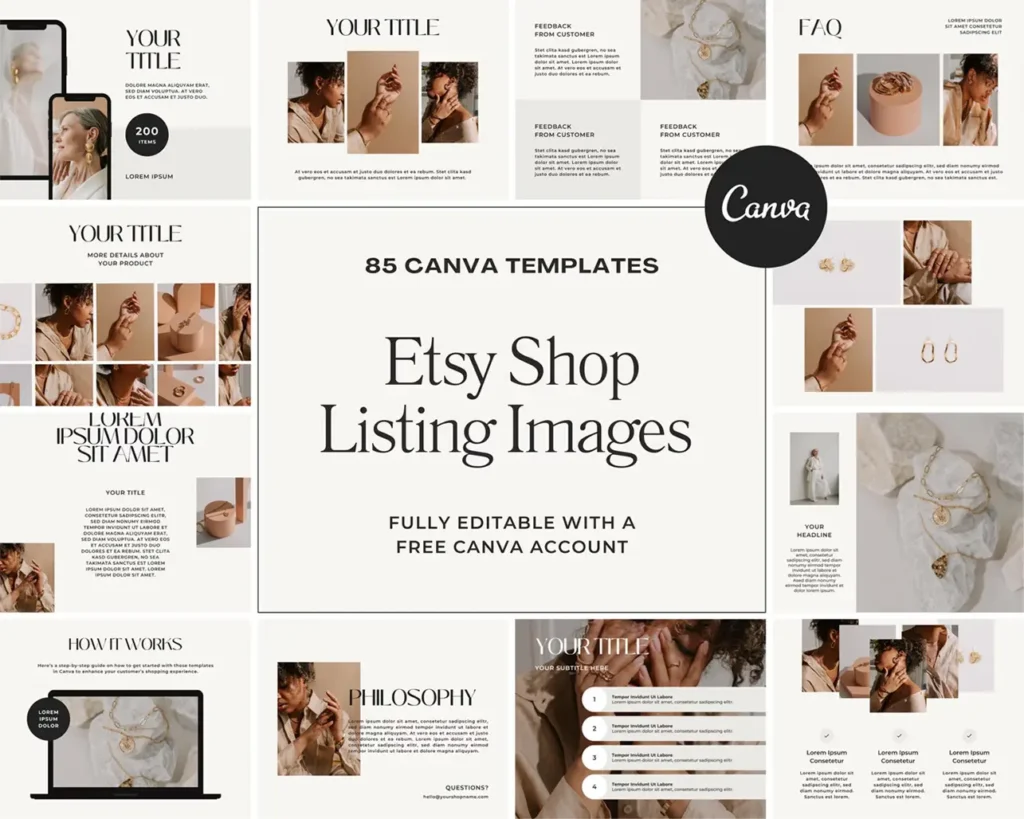
Branding potential
- Shopify: Maximum branding potential. Use your own domain, logo, colors, and messaging throughout. The store is your brand.
- Etsy: Minimal independent branding. Customers are primarily aware they are on Etsy. Your shop name is secondary to the marketplace identity.
Customer acquisition & marketing: Built-in vs. Build-your-own funnel
- Shopify: You build your audience. Success hinges on your ability to attract visitors via SEO, paid ads (Google, Facebook, Instagram), social media, email marketing, content creation (blogging), similar to launching any online venture outlined in how to start an ecommerce business. etc. Shopify provides foundational tools (SEO settings, blog) and integrates with countless marketing apps. This requires a dedicated marketing strategy and budget.
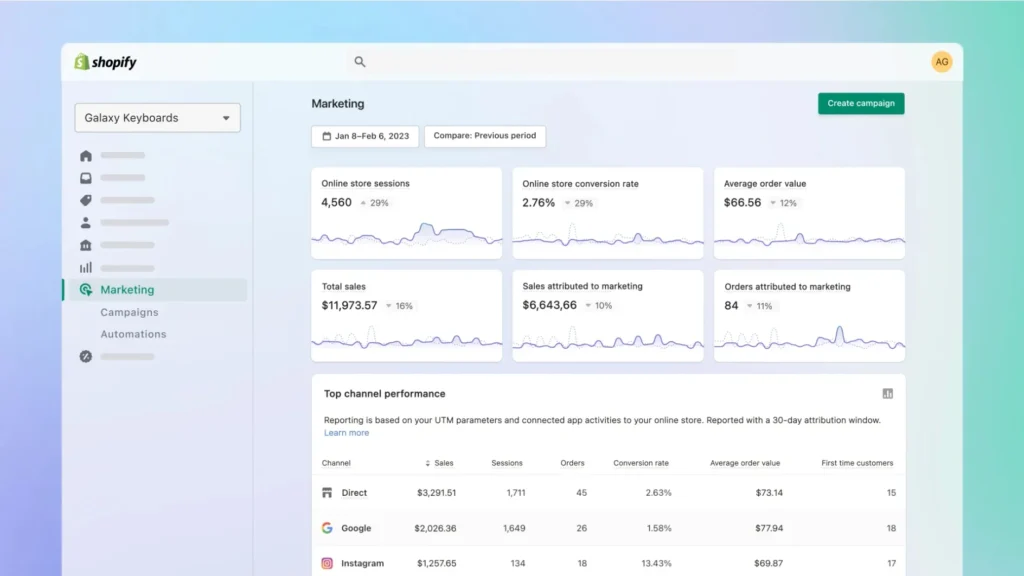
- Etsy: Leverages marketplace traffic. Buyers are already on Etsy searching. Success relies on optimizing listings for Etsy SEO, attractive photos, and potentially using Etsy Ads (on-site PPC) and Offsite Ads (commission-based external ads). This reduces the need for external marketing initially but means you pay Etsy ongoing fees for visibility and sales. Think of Etsy’s higher fees partly as a “marketing cost” for accessing their audience.
Fee structure comparison (critical analysis)
Understanding Etsy vs Shopify fees is vital for profitability.
Shopify fees (Approx. USD, late 2025 – Verify on official site):
- Monthly Subscription: Basic (~$29-$39/mo), Shopify (~$79-$105/mo), Advanced (~$299-$399/mo).
- Payment Processing (Shopify Payments): Starts ~2.9% + 30¢ online (lower on higher plans).
- Transaction Fees (if not using Shopify Payments): 0.5% to 2.0% on top of processor fees.
- Additional Costs: Domain, premium themes, paid apps.
Etsy fees (Approx. USD, late 2025 – Verify on official site):
- Listing Fee: $0.20 per item (renews every 4 months or upon sale).
- Transaction Fee: 6.5% of total order value (including shipping).
- Payment Processing Fee (US): Typically 3.0% + $0.25.
- Offsite Ads Fee: 12-15% on attributed sales (mandatory over $10k/year revenue).
- Other Potential Fees: Etsy Ads (optional PPC), currency conversion.
Fee takeaway: Etsy has almost no upfront cost but takes a larger percentage of each sale (~9.5% + $0.45 before potential ad fees). Shopify has a fixed monthly cost but lower per-sale variable costs (~2.9% + 30¢). Shopify often becomes more profitable at higher sales volumes.
Ease of use & setup
- Shopify: Moderate learning curve. Setting up a full website takes more effort than listing on Etsy, but the platform is user-friendly for non-coders.
- Etsy: Extremely easy. Listing products is intuitive and fast. Ideal for beginners.
Scalability & long-term growth
- Shopify: Highly scalable. Built for growth with unlimited products, robust infrastructure, an extensive app store, and features supporting large operations. Shopify scales indefinitely with apps, automations, and custom storefronts, matching the needs of growing SMBs described in microbusiness software guides
- Etsy: Limited scalability within the marketplace structure. Excellent for niche growth, but restricts broader brand expansion and operational customization. High-volume sellers often outgrow Etsy or run it alongside Shopify.
Scenario-based deep dive: When to choose which platform
Let’s explore specific business situations to illuminate the best choice:
Scenario 1: The Hobbyist Potter Turning Pro
- Situation: Creates unique ceramic mugs part-time, wants to test the market with minimal initial cost and technical hassle. Focus is on creation, not complex web design or marketing.
- Verdict: Etsy.
- Why: Low barrier to entry ($0.20 per listing), immediate access to buyers searching “handmade ceramic mug,” simple setup. Perfect for validating demand before committing significant resources. The higher per-sale fees are acceptable for the market access.
Scenario 2: The Ambitious Apparel Brand
- Situation: Designing and manufacturing a unique line of clothing. Goal is to build a strong brand identity, run targeted social media ad campaigns, collaborate with influencers, and eventually offer wholesale.
- Verdict: Shopify.
- Why: Needs full brand control (custom website design, unique domain), direct customer data for retargeting and email marketing, robust app ecosystem for advanced marketing/loyalty features, and the ability to scale operations independently. Etsy’s niche and branding limitations are unsuitable.
Scenario 3: The Established Vintage Collectibles Seller
- Situation: Sources and sells authentic vintage toys (20+ years old). Has a loyal following but wants to reach a broader audience specifically interested in vintage collectibles.
- Verdict: Etsy.
- Why: Etsy is the destination for vintage buyers. Leveraging its targeted traffic and established category is far more efficient than trying to build niche SEO authority from scratch on Shopify for vintage items.
Scenario 4: The Dropshipping Entrepreneur
- Situation: Plans to sell products sourced from a third-party supplier (e.g., AliExpress, Printful) without holding inventory. Focus is on marketing and trend-spotting.
- Verdict: Shopify.
- Why: Etsy’s policies strictly prohibit most forms of dropshipping (requiring items to be handmade, vintage, or craft supplies). Shopify is built for various business models, including dropshipping, with numerous app integrations to facilitate it.
Scenario 5: The Digital Product Creator (e.g., Planners, Presets, E-books)
- Situation: Creates downloadable digital goods like printable planners, Lightroom presets, or instructional e-books.
- Verdict: Both are viable, lean towards Shopify.
- Etsy: Allows selling digital downloads and has a relevant audience for creative digital goods (planners, templates). Simple setup.
- Shopify: Offers more control over delivery, branding, customer experience (e.g., building an email course around an e-book), and integrates with more sophisticated digital delivery/marketing apps. Lower per-sale fees are advantageous for digital products.
Scenario 6: The Growing Handmade Business Feeling Limited by Etsy
- Situation: Successful Etsy shop with significant sales volume ($50k+/year). Frustrated by Etsy’s fees (especially mandatory Offsite Ads), branding limitations, and inability to directly market to past buyers effectively. Wants more control and better profit margins.
- Verdict: Add Shopify (Hybrid Approach).
- Why: Keep the successful Etsy shop running as an acquisition channel but launch a dedicated Shopify store. Use Shopify for brand building, capturing email addresses, offering exclusives, and encouraging repeat purchases with lower transaction fees. This common “graduation” path offers the best of both worlds.
Marketing deep dive: Paying commission vs. driving your own traffic
This is the crux of the Shopify vs Etsy decision for many SMBs:
- Etsy’s model = Built-in traffic for higher commissions:
- Pro: Immediate access to millions of targeted buyers actively searching Etsy. Reduced need for external marketing spend initially. Etsy handles platform-level marketing.
- Con: High per-transaction costs (Listing + 6.5% Transaction + ~3% Payment Processing ≈ 9.5% + $0.45 before ads). Mandatory Offsite Ads (12-15%) can severely impact margins on externally driven sales. Success depends heavily on Etsy’s algorithm and visibility.
- Marketing focus: Etsy SEO (keywords, tags, attributes), compelling photos, potentially Etsy Ads (on-site PPC).
- Shopify’s model = Marketing investment for lower per-sale costs & ownership:
- Pro: Lower per-transaction costs (primarily payment processing ~2.9% + 30¢). Full ownership of brand, customer data, and marketing channels. Builds a long-term, defensible asset.
- Con: Requires significant, ongoing effort and budget to generate traffic from scratch. You must master (or hire for) SEO, content marketing, social media marketing (organic & paid), email marketing, etc. Failure in marketing means no sales.
- Marketing focus: Website SEO, Google Ads, Facebook/Instagram Ads, Email list building, Content creation (blog), Social media engagement.
The SMB calculation: Estimate your potential marketing spend on Shopify (e.g., ad budget, SEO tools/consultant, email software) versus the expected commission costs on Etsy (based on projected sales and average fees). Factor in the value of owning your customer list and brand equity with Shopify. If you have the resources and ambition to build your own audience, Shopify often yields higher long-term profitability and asset value. If you need immediate sales in a specific niche and prefer paying for performance (via commissions), Etsy is compelling.
Shopify vs Etsy: Which platform wins for…?
- Handmade sellers: Etsy (for market access), Shopify (for brand building). Often both.
- Vintage sellers: Etsy (dedicated market).
- Dropshipping/manufactured goods: Shopify (Etsy generally prohibits).
- Building an independent brand: Shopify.
- Quickest launch & first sales: Etsy.
- Lowest startup cost: Etsy.
- Highest long-term profit potential: Shopify (due to lower variable fees & brand building).
- Marketing control: Shopify.
- Leveraging existing Traffic: Etsy.
Final recommendation: Balancing reach, control, and cost
The Shopify vs Etsy decision hinges on your immediate priorities and long-term vision:
- Choose Shopify if: You are serious about building a distinct, scalable brand, want full control over your business and customer relationships, understand you need to invest in your own marketing, and aim for better long-term profit margins. It’s building an asset you own.
- Choose Etsy if: Your products perfectly match its handmade/vintage/craft niche, you need immediate access to buyers with minimal upfront marketing effort, prioritize simplicity and low startup costs, and accept the trade-offs of higher per-sale fees and limited brand control. It’s leveraging an existing channel.
The hybrid strategy: For many SMBs, particularly in the handmade space, using both Etsy and Shopify is the optimal strategy. Use Etsy as a customer acquisition channel leveraging its marketplace traffic, while simultaneously building your independent brand and encouraging repeat purchases on your Shopify store.
FAQ: Shopify vs Etsy
- Is it better to sell on Etsy or Shopify?
Neither is universally “better.” Etsy excels for immediate market access for specific goods. Shopify excels for building an independent, scalable brand. - What are the main fee differences in simple terms?
Shopify = Monthly subscription + lower percentage per sale. Etsy = No monthly subscription (standard) + higher percentages per sale (listing + transaction + payment fees). - If I start on Etsy, can I move to Shopify?
Yes, it’s common. You can import Etsy listings to Shopify. The main challenge is you must then build your own traffic to your Shopify store. - Which is better for getting found by customers?
Etsy makes it easier initially due to its internal search and existing buyers. Shopify requires you to build your visibility through external marketing (SEO on Google, social media, ads). - Do I own my customers on Etsy?
No, not fully. Etsy manages the platform relationship. You have limited ability to market directly to past buyers compared to Shopify, where you own the customer list. - Which is easier to manage day-to-day?
Etsy is generally simpler for basic listing and order management. Shopify involves managing a full website, which can be more complex but offers more control. - Why would I pay Shopify’s monthly fee if Etsy is ‘free’ to start?
You pay Shopify for control, branding, lower per-sale fees (at scale), ownership of customer data, and unlimited growth potential. Etsy’s “free start” comes with higher variable costs and platform dependency. - Can I sell the same things on both Shopify and Etsy?
Yes, provided your products meet Etsy’s handmade/vintage/craft supply criteria. Many sellers list their core Etsy-compliant items on both platforms. Your Shopify store can then also offer items not allowed on Etsy.

